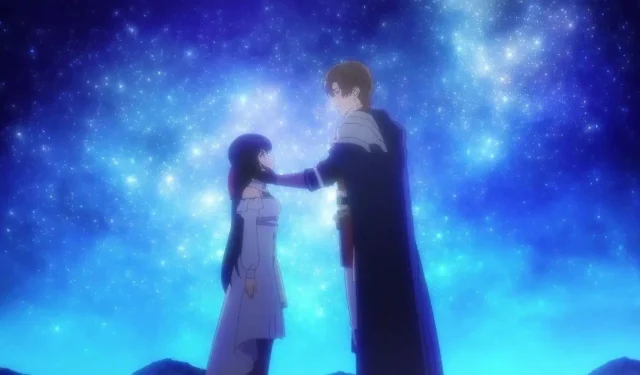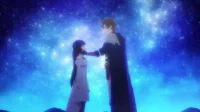Kazuya Miura, a distinguished director celebrated for his work on renowned anime series like Slam Dunk, Fullmetal Alchemist, D-Gray Man, and Hajime No Ippo, recently delved into his creative process. His insights provide a fascinating glimpse into the intricacies of adapting light novels into anime, specifically discussing his latest project, Unnamed Memory.
During his conversation, Miura addressed the unique challenges involved in transforming a light novel into an animated format and underscored the significance of a manga adaptation within a similar context. He shared intriguing anecdotes regarding pivotal moments in the second season, including various interpretations by the staff concerning key characters, notably Oscar.
Disclaimer: This article contains spoilers for the series.
Insights from Director Kazuya Miura on Unnamed Memory
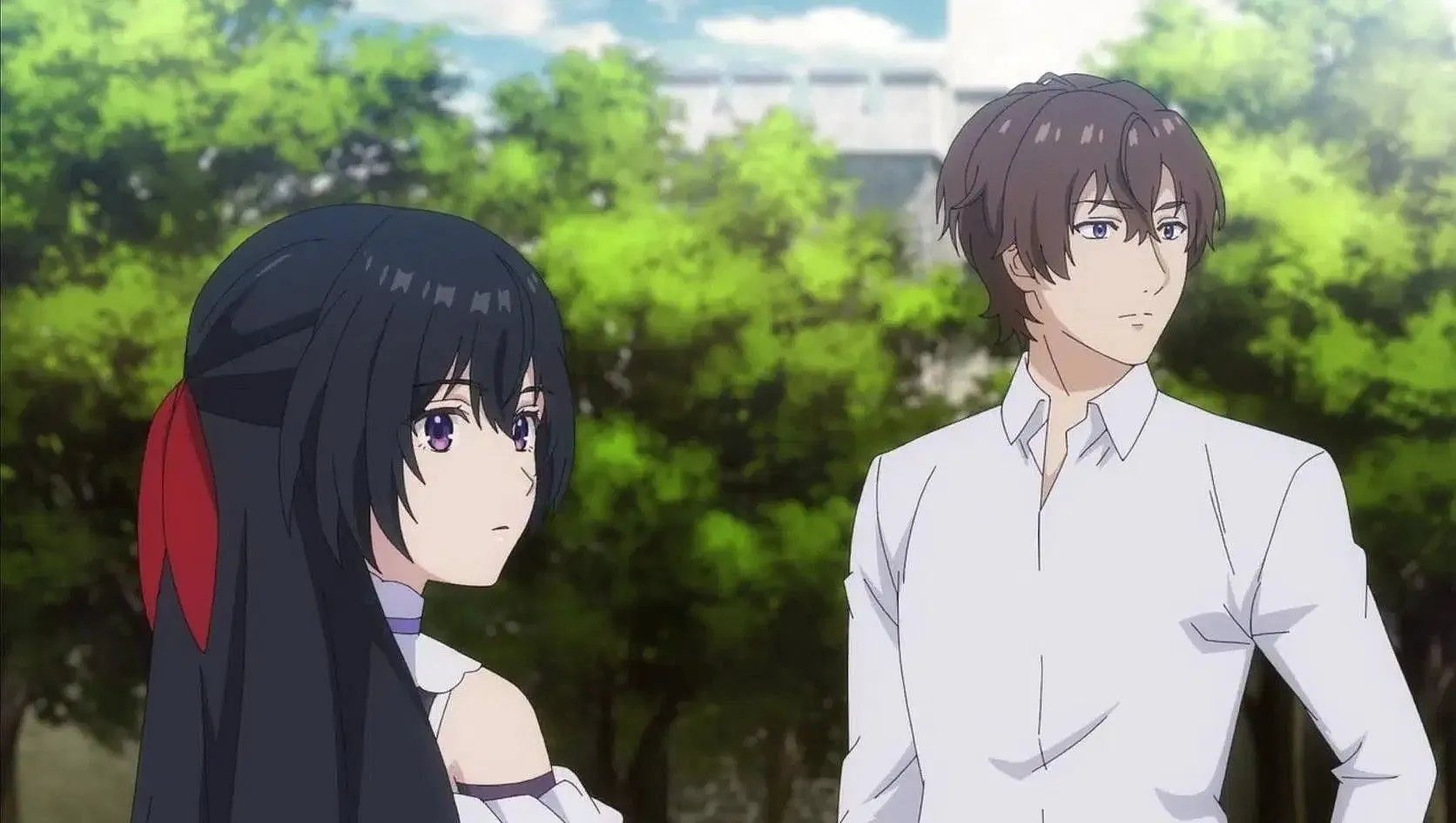
Unnamed Memory tells the enchanting tale of Oscar, a cursed prince unable to conceive a child, and Tinasha, a witch who might hold the key to his salvation. Their romance, however, ignites external forces that manipulate the course of their lives, resulting in disruptions across different timelines.
Miura articulated his understanding of the story’s complexity during the adaptation of Kuji Furumiya’s light novel series. He particularly focused on how narrative arcs shift between the two seasons and the decision-making process regarding the manga adaptation as a source of reference.
“There were no intentional changes. Although there was a gap between the broadcast periods, production work for all 24 episodes of Season 1 and Season 2 was carried out continuously.”
“Since the novel came first, followed by the manga adaptation, my approach is generally to use the original novel as the foundation. However, before starting production, I always confirm with the publisher—in this case, KADOKAWA—whether we should treat only the novel as the source material or if the manga adaptation should be considered as well.”
“I personally prefer not to be overly influenced by the manga, so I only glance at it lightly. When necessary, I consult with the publisher in advance about referring to it. Regarding the source material illustrations, I wanted to respect them as much as possible while also allowing the character designer’s individuality to shine. My goal was to create a blend of both, capturing the best of the original and the anime’s design.”
Miura, whose anime career began in 1991 with the series Taiyō no Yūsha Fighbird, also elaborated on the distinct differences between adapting manga versus light novels:
“Yes, I believe so (that there are differences). While the process of digesting the original work and translating it into visuals remains the same, the key considerations differ. With a novel, you need a strong sense of imagination to turn text into visuals. So, when adapting a novel into anime, we must consider how to convert expressions unique to text into visual storytelling. This requires a lot of thought and experimentation.”
Conversely, in adapting manga:
“In that context, the existing panels can greatly influence visualization—for better or worse. I absorb the content of the manga and decide whether to utilize the original panel compositions, which can affect adaptation approaches across all media forms.”
Miura described the dynamic action scenes in the second season, emphasizing his creative decisions:
“When reading the original novel, I got the impression that the witches were distinct from typical RPG concepts. I consulted with Kuji Furumiya about the role of witches and swordsmen in this universe. The magic here defies traditional elemental norms, promoting a more liberated approach in visual representation.”
This freedom in animation aligns these characters, particularly the witches, with unique battles unfettered by conventional constraints like gravity, which Miura encouraged the animation team to illustrate.
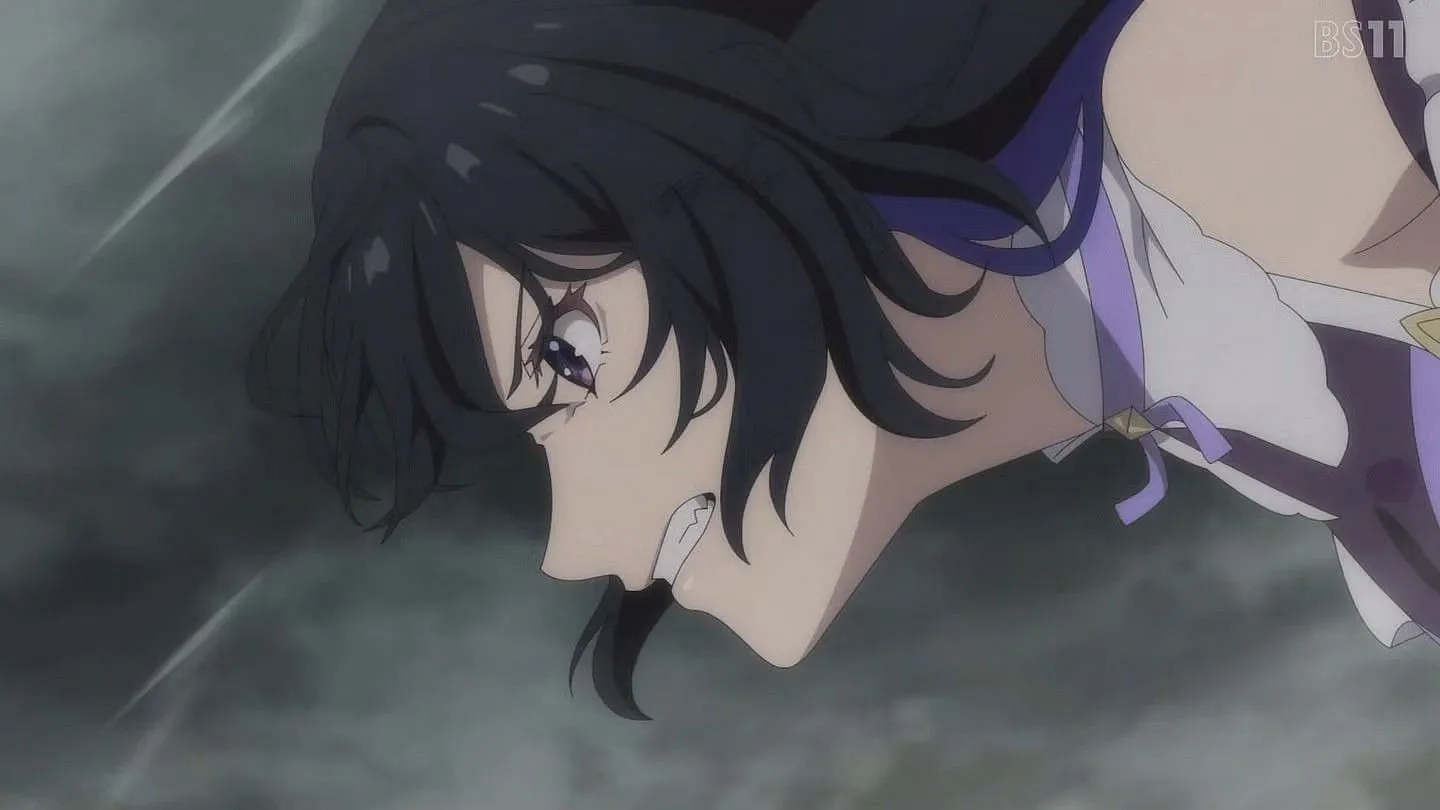
Miura’s extensive repertoire showcases his ability to traverse various anime genres. Reflecting on this adaptability, he remarked:
“Despite differing genres, my core approach remains constant. I draw from my anime experiences, allowing me to recall past works and scenes that may resonate with new projects. Each genre requires a different ‘drawer of memories’ subscribed from my broader observations.”
Discussing the evolution of animation technology, he stated:
“The most significant change is digitalization. Traditional cel animation has diminished, replaced by digital coloring. While digital processes offer convenience and consistency, they induce uniformity, potentially restricting creative diversity.”
Miura also shared reflections on the public perception of anime:
“In the past, anime fans were often viewed as outsiders. Now, it has gained mainstream acceptance, making it a vibrant time to engage with anime culture.”
Turning back to Unnamed Memory, Miura reflected on the evolving relationship between Oscar and Tinasha in the narrative:
“The emotions between Oscar and Tinasha developed organically rather than by design, vital to maintaining the integrity built during Season 1.”
Continuity in production for both seasons enabled a seamless narrative flow, reinforcing the themes of time and its impact on character dynamics.
“Despite the alterations in history that unfold, the essence of Oscar remains, and the story parallels established narratives.”

Regarding memorable moments during production:
“One standout moment is in Episode #15, where Oscar grasps that Tinasha’s ‘savior from the past’ may actually be another version of himself. It was fulfilling to see viewers connect with Oscar’s intense emotions. Episode #20 also shines due to the incredible efforts of our animation team.”
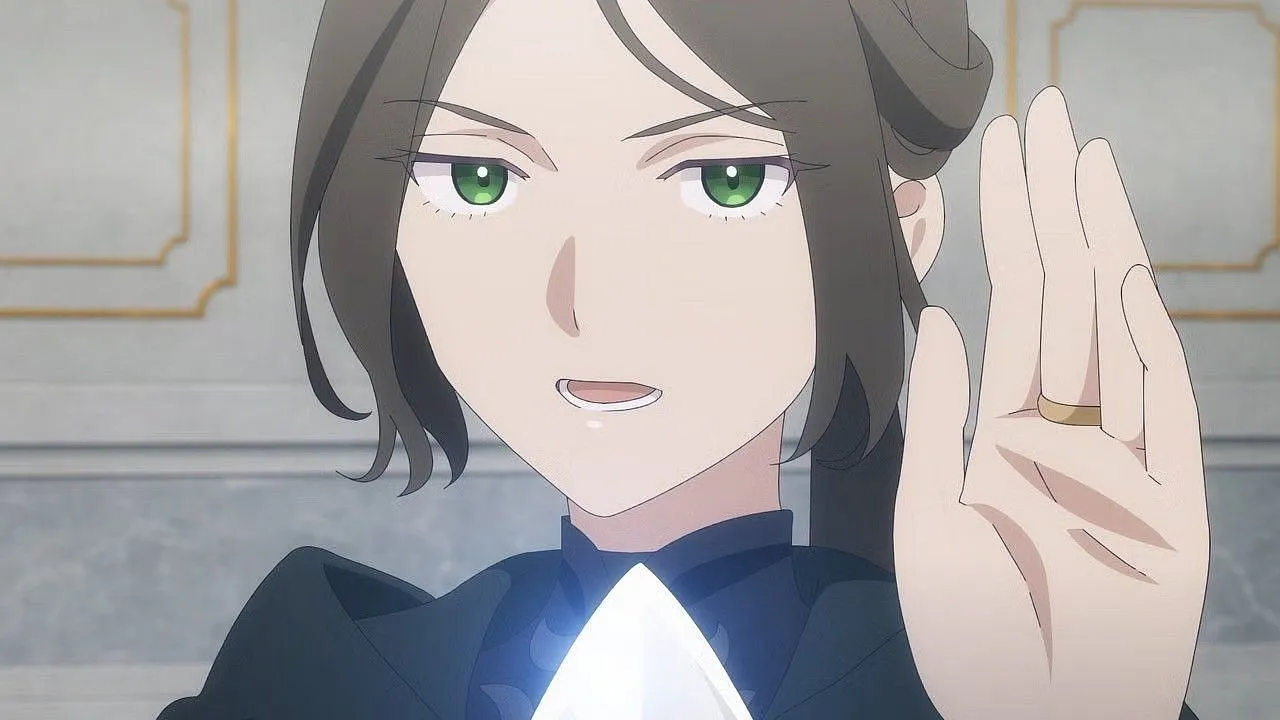
Miura expressed admiration for the character Lavinia:
“Lavinia’s infectious laughter during Episode #19 is a highlight, perfectly embodying her character. Another significant moment occurs in Episode #13, showcasing Nark’s moral struggle.”
Further discussing Oscar’s character evolution:
“There’s a poignant moment in the finale featuring a song that resonated deeply with our staff, which was gratifying to witness.”
“A charming behind-the-scenes detail involves three women scriptwriters each offering their interpretations of Oscar during discussions, creating diverse representations of the character.”
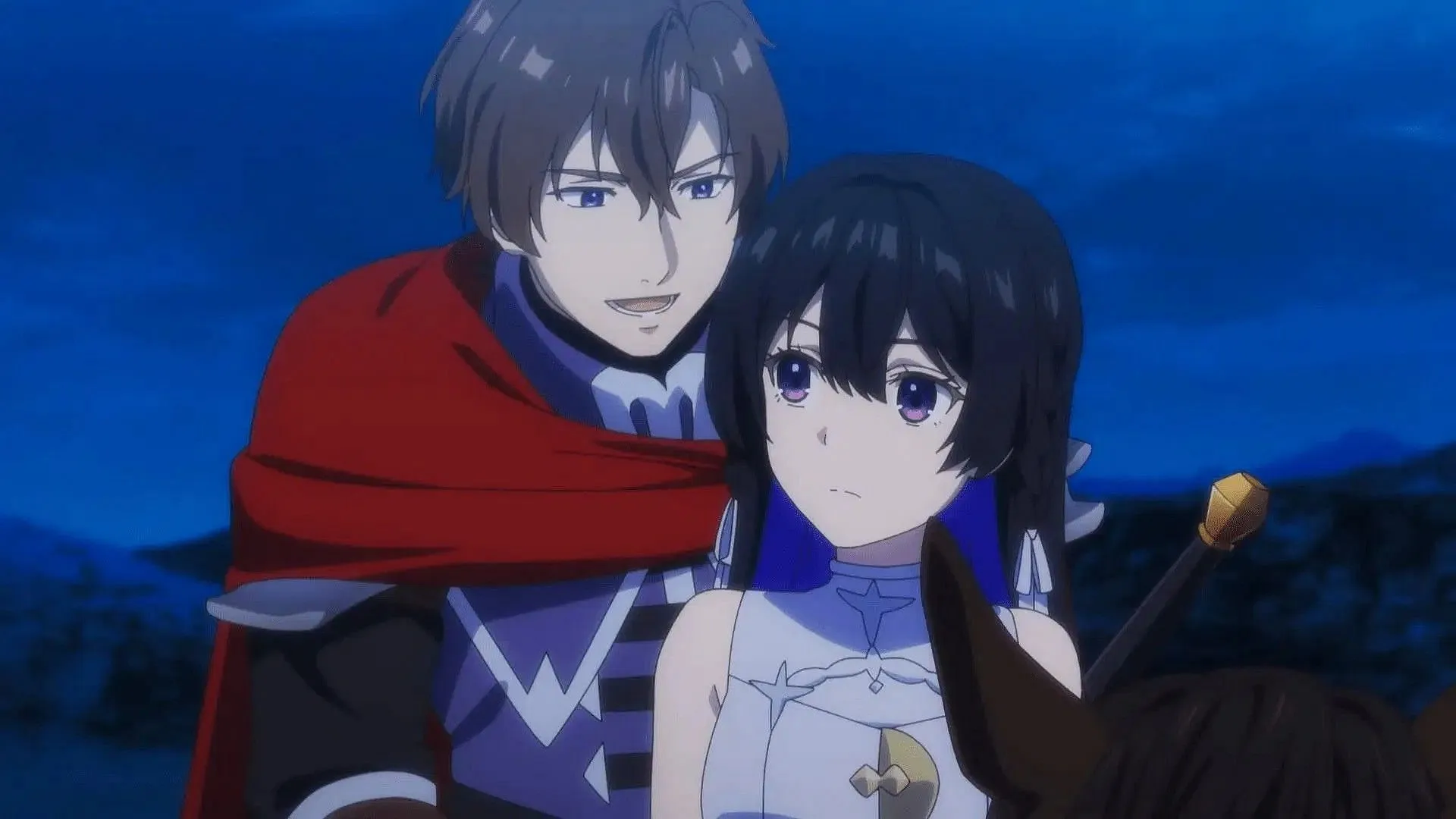
Miura praised Oscar’s voice actor, Toshiyuki Morikawa:
“Morikawa’s extensive experience lends depth to his characters, making each recording session exceptional.”
On character relationships, Miura conveyed interesting insights shared by the author:
“Furumiya-sensei once expressed that Nephelli could never be with Oscar, which has led me to hope for her happiness throughout production.”
Conclusion
The recently concluded second season of Unnamed Memory on Crunchyroll serves as a testament to Miura’s rich career and artistic journey within the anime industry. His insights reflect not only the evolution of storytelling within the medium but also the depth and nuance he brings to adaptations.
